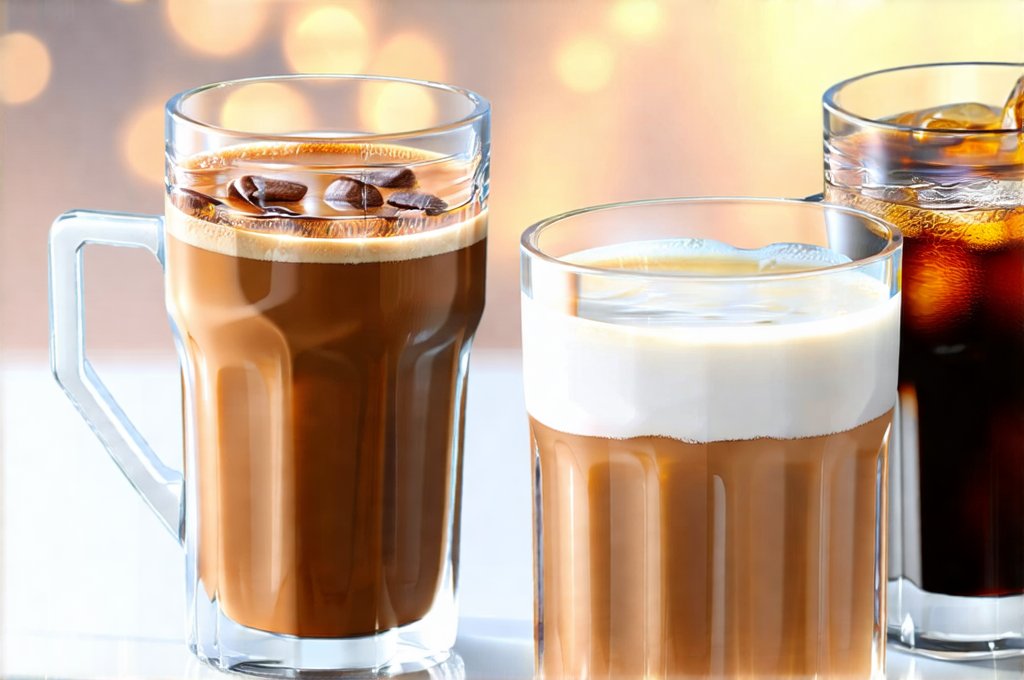The ubiquitous appeal of caffeinated beverages – coffee, tea, energy drinks, even some sodas – stems from their ability to provide a quick boost in alertness and focus. However, for individuals managing bladder sensitivities, conditions like overactive bladder (OAB), interstitial cystitis (IC), or simply heightened urgency, this very perk can come at a significant cost. Caffeine is well-known as a bladder irritant, capable of exacerbating symptoms such as frequency, urgency, and even leakage. This isn’t to suggest that everyone with these conditions must entirely eliminate caffeine; rather, it highlights the importance of understanding alternatives and making informed choices about what we drink throughout the day. Many find they can manage their intake through careful substitution, dilution, or timing strategies. If you are looking for ways to boost energy while protecting your bladder, consider exploring bladder-friendly ways to boost daily energy.
Finding suitable replacements for caffeinated drinks requires more than simply swapping one beverage for another. It’s about identifying options that offer similar benefits – hydration, flavor, a comforting ritual – without triggering bladder symptoms. This exploration often involves discovering new tastes and routines, embracing herbal infusions, sparkling water variations, and even revisiting childhood favorites with a grown-up twist. The goal isn’t deprivation, but rather empowerment: taking control of your beverage choices to support overall well-being and improve quality of life. It’s about finding sustainable alternatives that you genuinely enjoy and can integrate into your daily routine.
Exploring Herbal Teas & Tisanes
Herbal teas and tisanes present a vast landscape of bladder-friendly options, offering diverse flavors and potential health benefits beyond mere hydration. Unlike black or green tea, which naturally contain caffeine, herbal infusions are typically caffeine-free (always double-check the label!). This makes them an excellent starting point for those seeking to reduce or eliminate caffeine from their diet. Some herbs even possess calming properties that can counteract anxiety or stress, factors often linked to bladder irritation.
Popular choices include chamomile, known for its soothing effects and potential to promote relaxation; peppermint, which may aid digestion but should be used cautiously by those with GERD; ginger, offering a warming sensation and digestive support (again, moderation is key); and rooibos, a South African red bush tea rich in antioxidants and naturally sweet. Experimenting with blends allows for customization and discovery of personal preferences. For example, combining chamomile with lavender can create a particularly relaxing evening beverage, while rooobois paired with a hint of orange peel offers a refreshing daytime alternative.
Beyond the common choices, lesser-known herbal teas like dandelion root (a gentle diuretic that may support kidney function – consult your doctor if you have kidney issues), hibiscus (tart and vibrant, offering vitamin C), and lemon balm (calming and potentially helpful for reducing stress) can offer unique flavor profiles and potential health benefits. Remember to source high-quality herbs from reputable suppliers to ensure purity and potency. Understanding top drinks to avoid for bladder health in women is just as important as discovering the best alternatives!
The World of Sparkling Water & Infusions
For those who enjoy the effervescence of carbonated beverages, sparkling water offers a fantastic caffeine-free alternative to sodas and energy drinks. Plain sparkling water can be enhanced in countless ways to create delicious and refreshing drinks without irritating the bladder. Adding slices of fresh fruit – lemon, lime, cucumber, berries – or herbs like mint or basil infuses the water with natural flavor and aroma.
Infused waters aren’t limited to just fruit and herbs; experimenting with spices like ginger or cinnamon can add warming notes, while a splash of unsweetened cranberry juice (in moderation) provides a tart kick. Be mindful of adding too much citrus if you have a sensitive bladder, as acidity can sometimes be an irritant for some individuals. Many brands now offer flavored sparkling waters, but it’s crucial to check the ingredient list and avoid those containing artificial sweeteners or citric acid, which may exacerbate symptoms.
Creating your own infusions is incredibly easy and cost-effective. Simply add your chosen ingredients to a pitcher of water, allow it to sit in the refrigerator for at least two hours (or overnight for stronger flavor), and enjoy! This customizable approach allows you to tailor your beverages to your specific taste preferences and bladder sensitivities.
Decoding Beverage Labels & Hidden Caffeine
Many seemingly innocuous products contain hidden sources of caffeine that can catch unsuspecting individuals off guard. Always read the ingredient list carefully, even on products labeled as “decaffeinated.” Decaffeination processes aren’t perfect, and trace amounts of caffeine may still be present. Look for ingredients like guarana, yerba mate, kola nut, and cocoa, which are natural stimulants.
Be aware that some over-the-counter medications, such as pain relievers and cold remedies, also contain caffeine. It’s important to consider these sources when assessing your overall daily intake. The FDA doesn’t require manufacturers to list the exact amount of caffeine in all products, making it challenging to accurately track consumption.
Consider using a food diary or app to monitor your beverage choices and identify potential triggers for bladder symptoms. This can help you pinpoint which ingredients or drinks are causing problems and adjust your intake accordingly. Remember that individual sensitivities vary greatly; what one person can tolerate, another may not. If you find yourself needing to visit the bathroom frequently even after mild drinks, it’s important to understand frequent trips to bathroom after mild drinks.
Hydration Strategies & Fluid Intake Management
Adequate hydration is essential for overall health, but how you hydrate matters significantly when managing bladder sensitivity. While it’s important to drink enough fluids throughout the day (generally 6-8 glasses), avoid gulping large amounts of water at once, as this can overwhelm the bladder and increase urgency. Instead, sip small amounts of fluid consistently throughout the day.
Timing your fluid intake is also crucial. Reduce your fluid consumption in the hours leading up to bedtime to minimize nighttime awakenings for bathroom trips. Avoid drinking caffeinated or acidic beverages before engaging in activities that put pressure on the bladder, such as exercise or heavy lifting.
Consider incorporating water-rich foods into your diet, such as watermelon, cucumber, and lettuce, to contribute to your overall hydration levels. Maintaining a consistent fluid intake schedule can help regulate bladder function and reduce unpredictable urges.
Navigating Social Situations & Staying on Track
Social gatherings and events often revolve around beverages, making it challenging to stick to bladder-friendly choices. Don’t be afraid to politely decline offers of caffeinated drinks or sugary sodas. Carry your own water bottle filled with infused sparkling water or herbal tea to have a readily available alternative.
Practice assertive communication: explain your dietary needs to hosts and friends without feeling apologetic. Many people are understanding and willing to accommodate requests for specific beverages. If you’re traveling, research options for bladder-friendly drinks at your destination or pack your own supplies.
Remember that it’s perfectly acceptable to prioritize your health and well-being, even in social settings. Staying on track requires planning and self-advocacy, but the benefits of reduced bladder symptoms are well worth the effort. Ultimately, finding bladder-friendly alternatives isn’t about restriction; it’s about making conscious choices that support a healthier and more comfortable lifestyle. How to make your office more bladder-friendly can also help you stay on track during the workday.





















